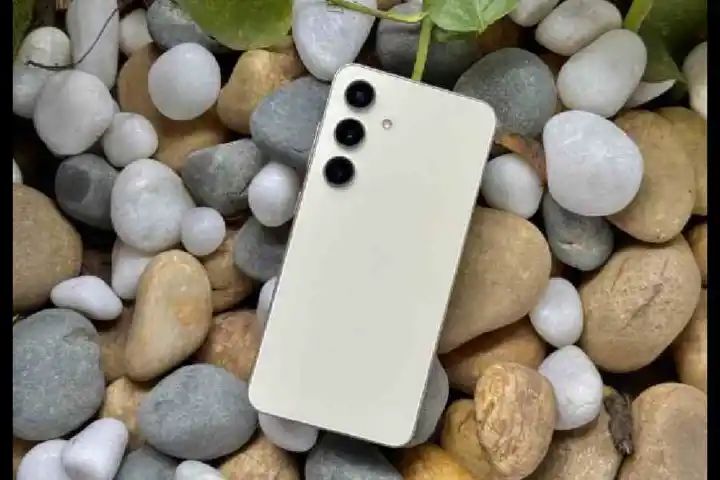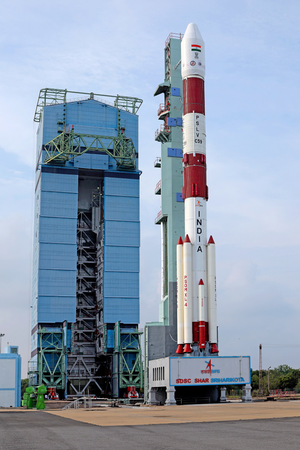Samsung Galaxy S24 makes a smart move by marrying the best hardware in Android to AI smarts

Samsung’s supersonic jump into the world of AI with its latest Galaxy S24 series has been impressive and showcases the future of smartphones – more software muscle to offer a meaningful experience.
We have already reviewed the most powerful member in the series, Galaxy S24 Ultra, so it makes sense to look at the youngest number – Galaxy S24.
The Galaxy S24 is best suited for anyone who loves smaller phones, as these are easy to use one-handed. But size doesn’t compromise what you can do with the device, which makes it the best flagship for most people to buy.
Practical design
This is the smallest phone in the lineup but that doesn’t necessarily make it a small phone. The 6.2-inch display is, in fact, 0.1 inch larger than last year’s display and it’s not as small as an iPhone Mini. Compared to the Galaxy S24 Ultra (6.8-inch display) and Galaxy S24+ (6.7-inch display) this is small.
It’s far more manageable for anybody who has small hands or wears jeans or trousers that don’t have a big pocket. You can also choose this phone because it weighs less than the S24 Ultra.
One of the AI features is being tested out on the Galaxy S24
There’s a lot to like about the design of the phone, especially the flat display. Further, the Galaxy S24 doesn’t look like a cheap version of the Ultra or the S24+. Equally important is the flat edge that offers a nice grip.
If it’s so good then why is it cheaper than the Galaxy S24 Ultra? First, there’s no S Pen here, something many users may not want on their phones. Second, the display you get on this is FHD+ Dynamic AMOLED 2X compared to QHD+ on the bigger phones in the series.
For most people, FHD+ display works well, especially when one considers the size of the display. You’re still getting 120 Hz dynamic refresh rate and you’re still getting an AMOLED 2X display. Overall, this is a high-quality, vibrant panel.
Moving to the back of the phone, the design is simple and functional. There are three cameras on the back – 12MP ultra-wide, 50MP primary and 10MP 3x telephoto lens. Most improvements in the camera department have to do with image processing, thanks to the new chip.





